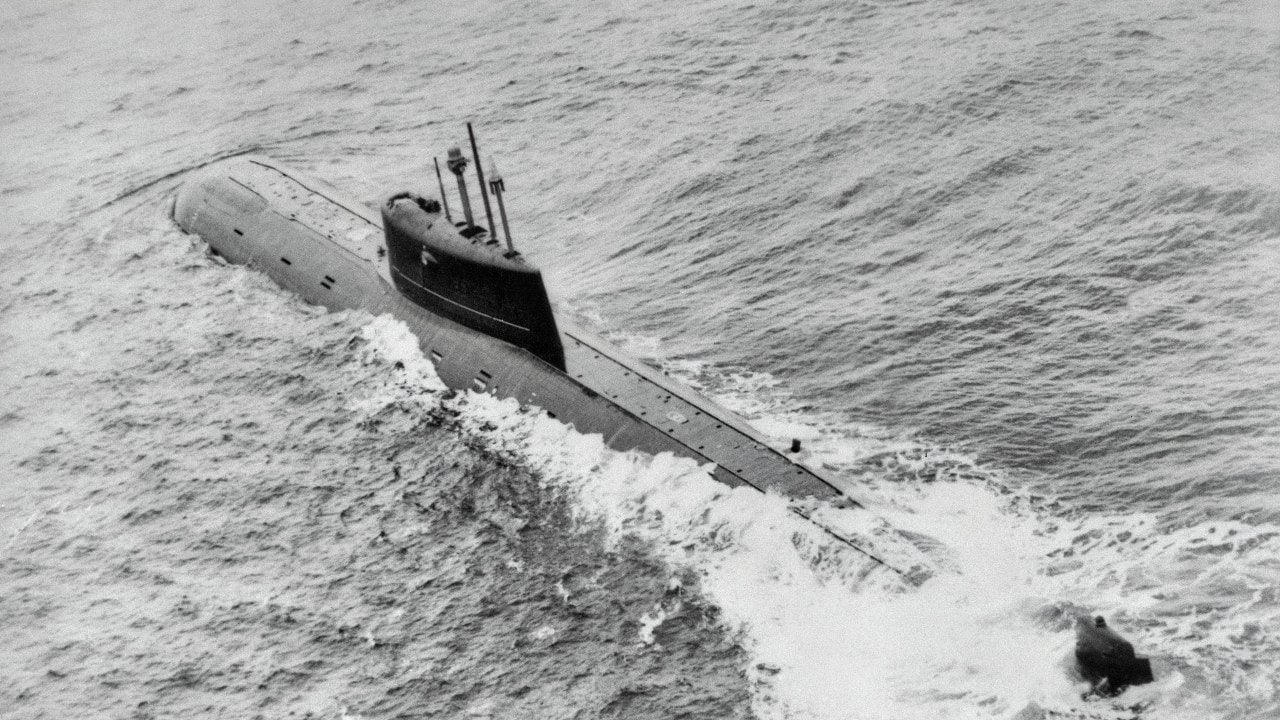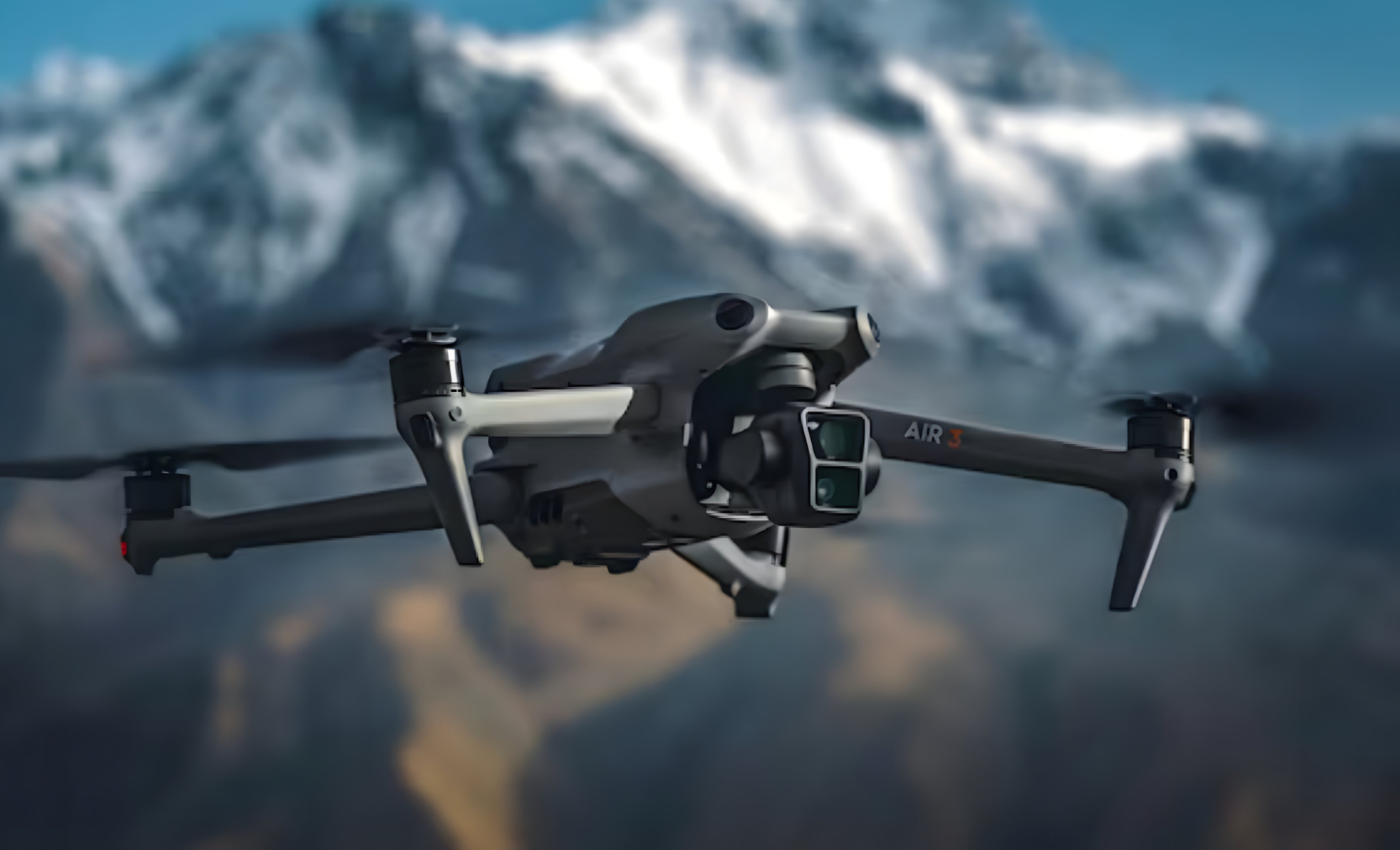During the Cold War, the Soviet Union ventured into using titanium for submarine hulls, beginning with the Project 705 Lira. Titanium's low density, high strength, and corrosion resistance allowed the Lira to achieve high speeds and deep dives. Despite these advantages, titanium posed significant challenges in sourcing and welding, making it a difficult material to work with.
The Cold War era saw rapid advancements in military technology, with both superpowers heavily investing in weapons development. This period of innovation extended to materials science, leading to the development of advanced materials like radar-absorbent coatings and sophisticated tank armor. The Soviet Union's use of titanium for submarine hulls was part of this trend.
Before the 1960s, titanium had never been used for submarine hulls due to its difficulty in sourcing and welding. Steel was the standard material, being easier to obtain and work with. However, titanium's properties—low density, high strength, and resistance to corrosion—were appealing for creating fast and durable submarines.
The Soviets began using titanium for their submarines with the Project 705 Lira. The Lira was designed to be fast, stealthy, and maneuverable, with minimal displacement and crew. Titanium was crucial in meeting these demanding specifications. The original Lira prototype, weighing just 1,500 tons, could achieve speeds over 40 knots, making it one of the fastest submarines of its time.
The Lira featured a titanium hull and a new lead-cooled reactor, allowing it to dive and turn quickly. However, the Soviets soon discovered the drawbacks of working with titanium. Welding titanium was complex, with a small margin for error; any mistake could make the material brittle and weak.
During the Cold War, the U.S. and the Soviet Union often mirrored each other's innovations. If one superpower developed a new technology, the other would rush to create a counterpart. However, the U.S. Navy chose not to follow the Soviet Union's lead in building titanium submarines.
Despite recognizing the power, speed, and stealth of the Lira-class submarines, the U.S. Navy decided that the effort and cost of using titanium were not justified. Titanium is rare, costly, and difficult to shape. Mistakes in welding could compromise the submarine's safety during deep dives. Ultimately, the U.S. determined that the challenges outweighed the benefits, showcasing a rare instance of restraint in Cold War-era weapons development.
While the Soviet Union embraced titanium for its submarine hulls, the U.S. Navy opted out due to the material's complexities and high costs. This decision highlights a strategic choice to prioritize practicality and safety over potential advantages, marking a notable moment of caution in the otherwise competitive landscape of Cold War military innovation.





